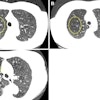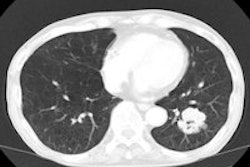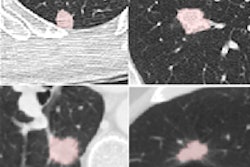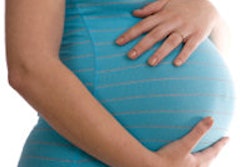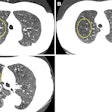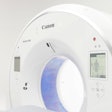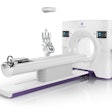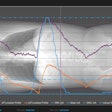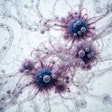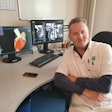Dear CT Insider,
In the healthcare sector's ongoing and all-important quest to minimize radiation dose in CT, radiologists are the key players because they can and should integrate the necessary information and decide upon scan protocols.
That's the view of Dr. Takeshi Kubo, an assistant professor in the department of imaging and nuclear medicine at Kyoto University Hospital in Japan. Kubo has produced a comprehensive guide about how to cut dose in CT, and it's been posted online by the European Journal of Radiology. To find more about his views and guidance, go to your CT Digital Community, or click here.
Radiation dose is a hot topic during pregnancy, so new research presented at the European Society of Thoracic Imaging 2014 meeting looks certain to attract attention. U.K. researchers found that CT pulmonary angiograms result in positive outcomes when diagnosing pulmonary embolism in pregnant women, for whom the incidence of venous thromboembolism is four times greater than in the nonpregnant population. Get the story here.
At the same congress, imaging of chest wall deformities came under close scrutiny in a prize-winning e-poster. CT helps to quantify the severity of the deformity, especially when surgical intervention is being considered, according to the researchers. Click here to read more.
Scotland's largest-ever sporting event, the Commonwealth Games, drew to a close in Glasgow on 3 August. CT examinations conducted onsite were an integral part of the clinical care provided in the polyclinic, and you can learn about it here.
Pinpointing flow problems in the peripheral arteries is a task that is typically handed over to dynamic MR angiography, but often, bone-subtracted 4D CT angiography can do a better job, according to German researchers. To find out more, click here.
This is only a small selection of the articles posted recently in your CT Digital Community. For the full list, please see below.

